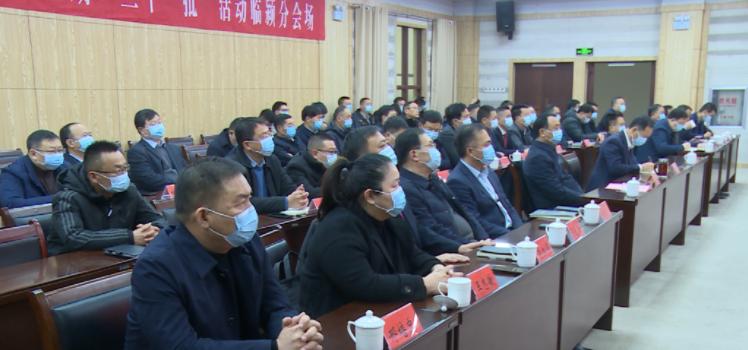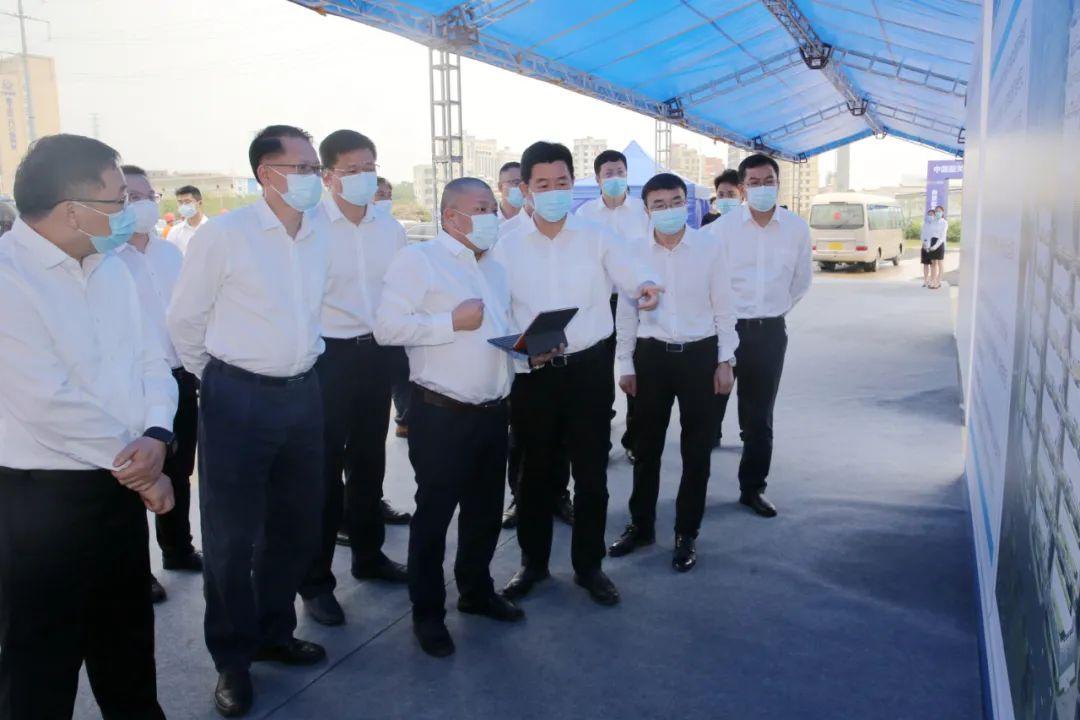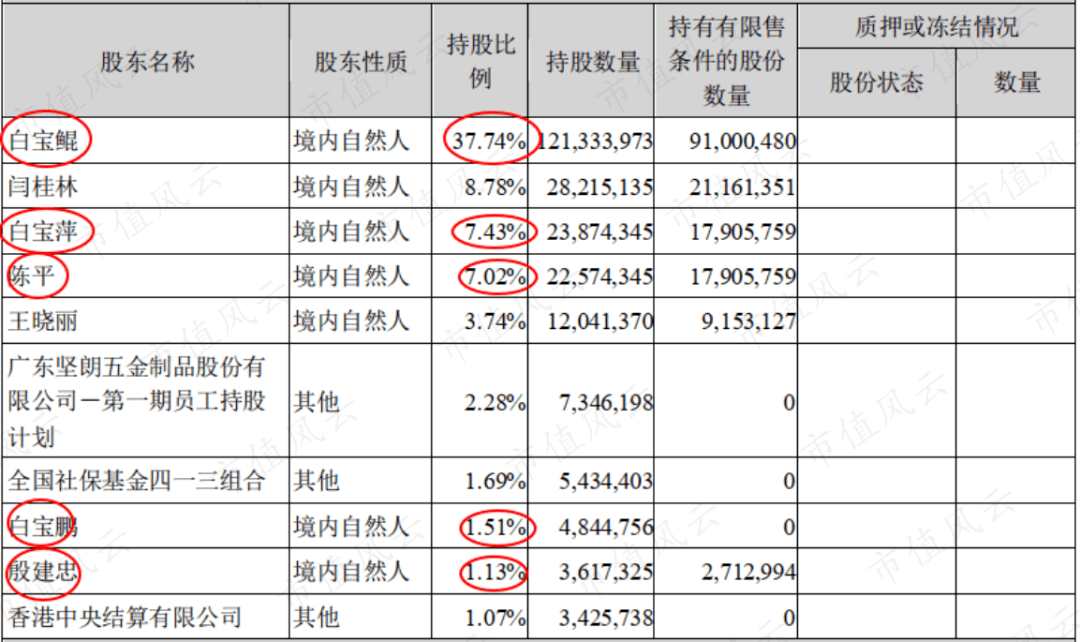The assembly line of hardware fittings
The assembly line of hardware fittings is a crucial part of any manufacturing process. It involves the integration of various hardware components to create a functional and efficient product. The process begins with the selection of high-quality materials that are then cut, shaped, and polished to ensure precision and durability. Next, the components are cleaned and inspected to remove any impurities or defects that could affect the performance of the final product. Finally, the assembly line brings all the components together to create the hardware fittings that are ready for use in the manufacturing process. The entire process requires strict quality control measures to ensure that each hardware fitting meets the necessary standards and specifications.
Hardware fittings are essential components in various industries, including automotive, aerospace, and electronics. They are used to connect, support, and protect the components in these systems. As such, the demand for high-quality hardware fittings is consistently high. To meet this demand, many manufacturers have adopted assembly lines to produce hardware fittings efficiently and cost-effectively.

In this article, we will explore the assembly line of hardware fittings. We will discuss the different stages involved in the process, the equipment used, and the quality control measures taken to ensure that each fitting is produced to the highest standards. By understanding the assembly line process, we can gain insights into how hardware fittings are made and the steps taken to ensure their quality.
Stages of the Assembly Line
The assembly line of hardware fittings typically involves several stages. The first stage is preparing the raw materials, which are cut to size and shaped to fit the intended application. In the second stage, these raw materials undergo heat treatment to enhance their mechanical properties, such as hardness and strength. This process may involve quenching, tempering, or annealing, depending on the material and its intended use.
Once the raw materials have been prepared, they are cleaned to remove any impurities or debris that may have accumulated during processing. This cleaning process may involve chemical cleaning or mechanical cleaning using brushes or sandpaper. The cleaned materials are then inspected to ensure they meet the required standards before being used in the next stage of assembly.
In the next stage, the prepared materials are assembled into hardware fittings using a combination of welding, soldering, or other joining techniques. This process is often automated using robots or other automated equipment to ensure consistency and precision in assembly. The assembled fittings are then cooled and inspected again to ensure they meet the required specifications.
Once the hardware fittings have been assembled and inspected, they are packaged for transportation to the customer. This packaging process may involve placing the fittings into boxes or other containers to protect them from damage during transportation. The packaged fittings are then labeled with identifying information, such as part number, material type, and manufacturer’s name, before being shipped to the customer.
Equipment Used in the Assembly Line
The equipment used in the assembly line of hardware fittings varies depending on the type of fitting being produced and the process being employed. However, some common pieces of equipment used in hardware fitting assembly lines include:
1、Cutting machines: These machines are used to cut raw materials to size and shape them for use in the next stage of processing.
2、Heat treatment equipment: This equipment is used to enhance the mechanical properties of raw materials through processes such as quenching, tempering, or annealing.
3、Cleaning machines: These machines are used to remove impurities or debris from raw materials after heat treatment.
4、Inspection equipment: This equipment is used to inspect raw materials and assembled fittings to ensure they meet the required standards.

5、Robots and automated equipment: These machines are used to automate assembly processes, such as welding or soldering, to ensure consistency and precision in assembly.
6、Packaging equipment: This equipment is used to package assembled fittings for transportation to customers, including boxes or other containers for protection from damage during transportation.
7、Labeling equipment: This equipment is used to label packaged fittings with identifying information, such as part number, material type, and manufacturer’s name.
8、Conveyors and other material handling equipment: These machines are used to transport raw materials, work-in-progress assemblies, and finished products around the factory floor for efficient processing and packaging.
Quality Control Measures in Hardware Fitting Assembly Lines
Quality control measures are essential in hardware fitting assembly lines to ensure that each fitting is produced to the highest standards possible. Some common quality control measures include:
1、Raw material inspection: Inspecting raw materials before processing ensures that only high-quality materials are used in production. This inspection may involve checking for defects or impurities in the material.
2、Process control: Monitoring and controlling each stage of the assembly process ensures that each fitting is produced consistently and accurately. This may involve using sensors or other devices to measure parameters such as temperature, pressure, or flow rate during processing.
3、In-process inspection: Inspecting work-in-progress assemblies at various stages of processing allows for early detection of defects or deviations from specifications before final inspection. This approach helps minimize scrap rates and reduce production costs.
4、Final inspection: The final inspection stage ensures that each finished product meets all required specifications before packaging and shipment to customers. This inspection may involve visual inspection, dimensional inspection, material testing, etc.
5、Feedback control: Monitoring customer feedback allows manufacturers to identify any issues with their products early on and take corrective action to improve product quality in subsequent batches if necessary.
Articles related to the knowledge points of this article:
Aluminum alloy door and window hardware accessories manufacturers
Title: Sanming Hardware Accessories: The Perfect Fit for Your Project
Title: The Processing of Electronic Cigarette Hardware Components
Building Hardware Accessories in Pudong New Area: A Comprehensive Guide



